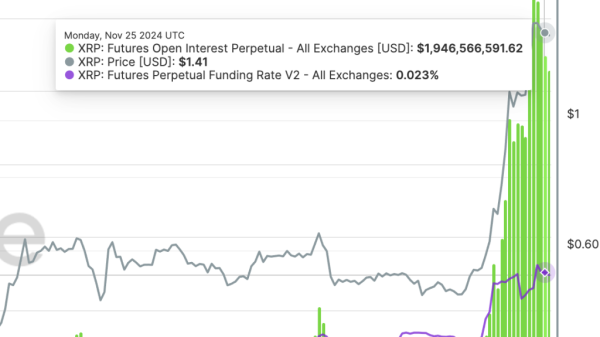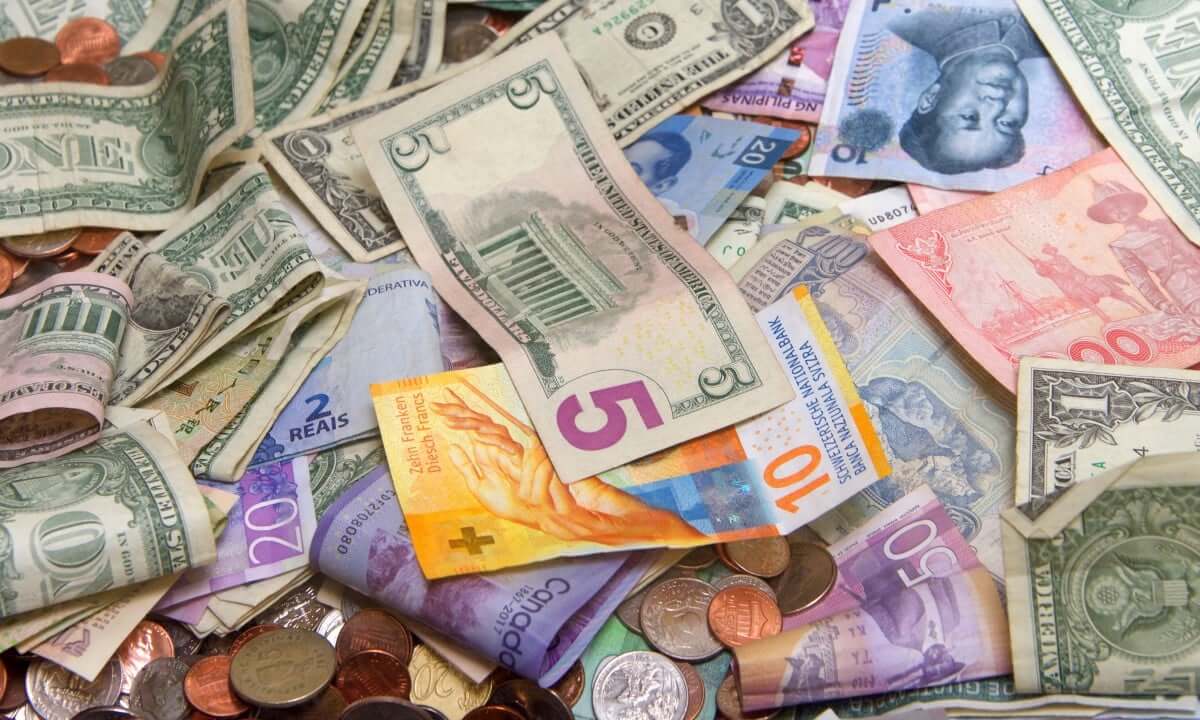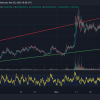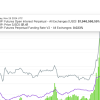The USD/CHF currency pair appears to be struggling to maintain a position above 0.9000 as a confluence of factors exert downward pressure on its exchange rate. This article looks at some of the reasons for this decline and makes comparisons with the USD/JPY pair, using a Finance Brokerage article as a source.
Looking at the financial data, we notice a decline in the USD/CHF pair that threatens to break below the psychological level of 0.9000. This is a notable dip, given the pair’s previous stability, which has analysts and investors scanning the landscape for potential causes of the downward slide.
One of the primary drivers appears to be a strengthening Swiss franc that has capitalized on the dollar’s relative weakness. The Swiss economy has been notably resilient against the backdrop of the global pandemic, and its financial sector is benefiting from a recall to safer assets by skittish investors. As currencies are valued relative to each other, the strengthening Franc naturally exerts downward pressure on the USD/CHF rate.
Besides, the persistent effects of the pandemic on the United States’ economy and uncertainty about the fiscal stimulus package have weakened the US dollar. Businesses have been hit hard by lockdown measures and reduced consumer spending, leading to a softening of the GDP growth forecasts and hence the dollar.
Additionally, updates on the vaccine race have ramped up investor optimism for a global economic recovery, decreasing the demand for risk-averse assets like the dollar. There has been a shift towards risker assets, and these reactions to macroeconomic indicators have impacted the valuation of the USD/CHF pair.
This is in stark contrast with the USD/JPY pair, which has been performing differently. Amid rising US Treasury yields, the appetite for the yen is decreasing. Also, the towering Japanese government debt has been discouraging investors from firming up their yen holdings.
In essence, the dynamics of the currency market have seen the USD/CHF pair retreat, failing to hold above 0.9000. The strengthening Swiss franc coupled with a weakened US dollar have been the key drivers behind this trend.
However, in contrast, the USD/JPY pair has been performing better due to decreasing yen attractiveness and rising US Treasury yields. The currency market continues to react to various global macroeconomic indicators, and it will indeed be intriguing to see how these currency pairs perform over the coming weeks and months, as the world navigates its way towards economic recovery.






























